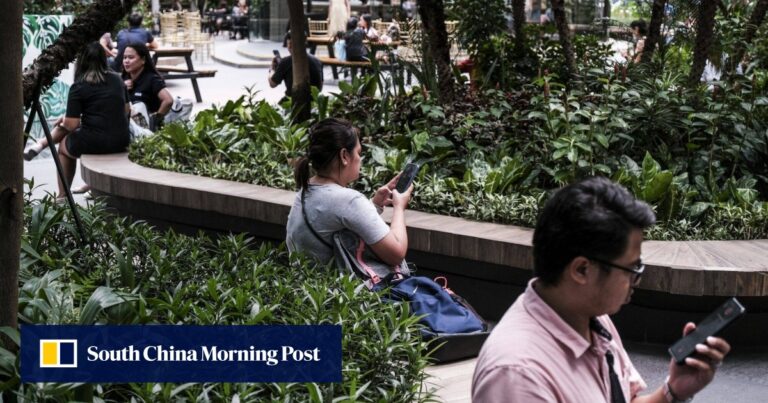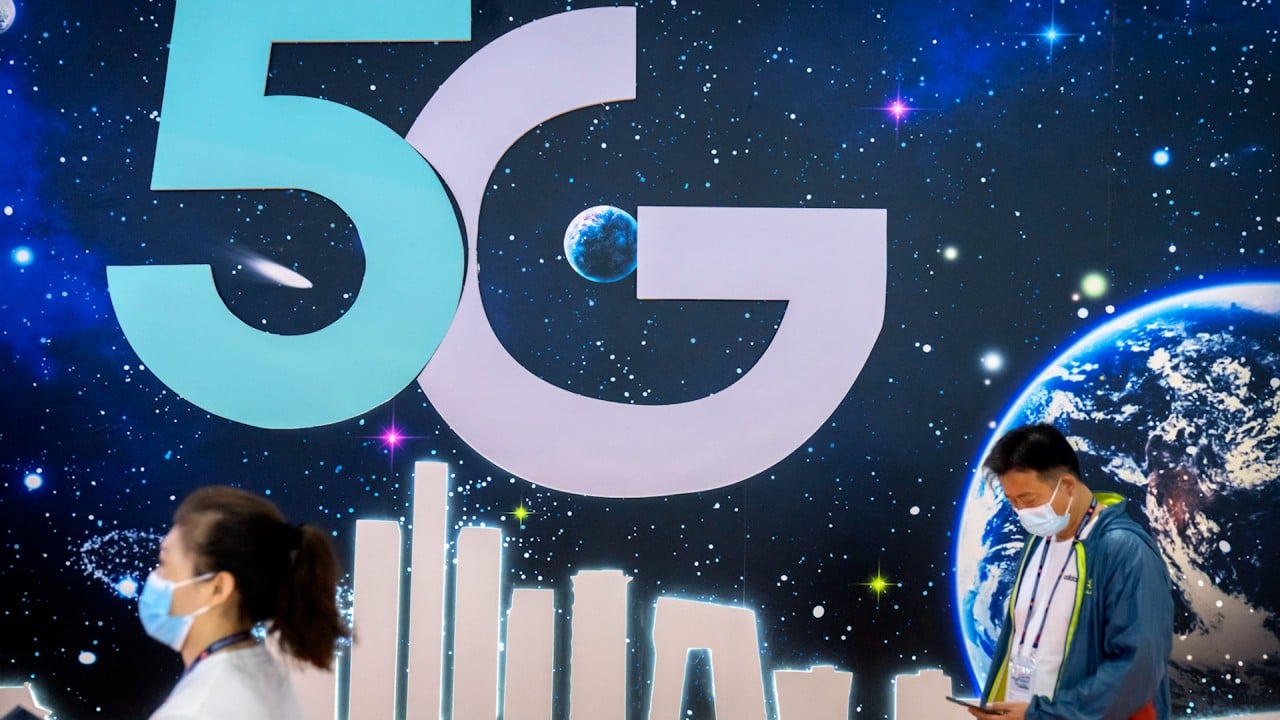In the Philippines, construction of open radio access network (RAN) base stations may begin in the coming months ahead of the buildout of the 5G network.
“The downside I see here is cost. China’s 5G technology is known for its low cost and efficiency, and there are already Chinese telecom companies in the country, so the barriers to entry for Japan are high,” Sherwin Ona, associate professor of political science at De La Salle University and visiting scholar at Taiwan’s Institute for National Defense and Security Studies, told This Week in Asia.
Ona said cyber technology is one of the areas of cooperation under the tripartite agreement between Manila, Tokyo and Washington.
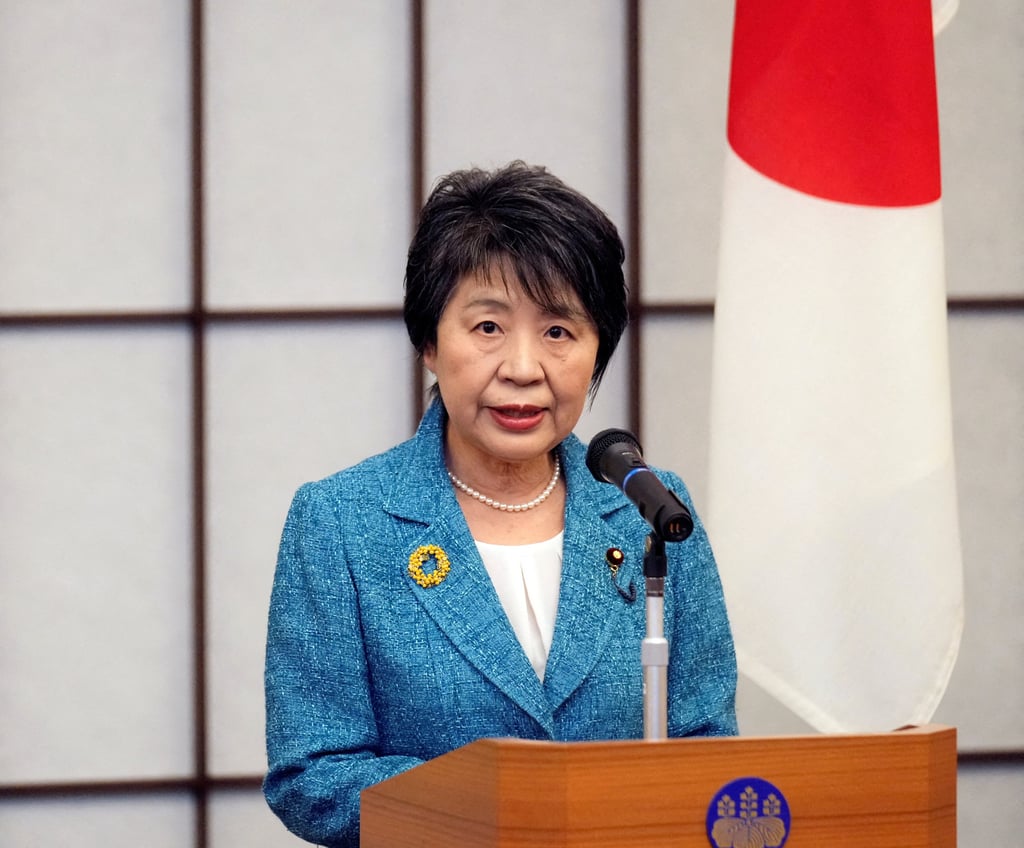
He added that Japan’s efforts to strengthen the Philippines’ cyber capabilities further reflect its reputation as a reliable partner after helping the country modernize its coast guard and military.
Allan Cabanlon, a former senior official who oversaw cybersecurity at the Philippines’ Department of Information and Communications Technology, said he was not surprised that Japan offered to share its technical expertise in 5G given the strong diplomatic and economic ties between the two countries.
“Japan and the Philippines are already cooperating on 3G and 4G. Cooperation in 5G networks is not new, it is regular technology cooperation between the two countries,” Cabanlon told This Week in Asia.
The Nikkei newspaper reported that the United States is likely to fund the project.
Citing security concerns, Washington began restricting the use of telecommunications equipment from Chinese companies such as Huawei and ZTE in 2017. The Federal Communications Commission subsequently designated Huawei and ZTE as national security threats.
US allies have followed suit under pressure from Washington, with countries including Australia, Britain and Japan banning the use of Chinese equipment in their 5G networks.
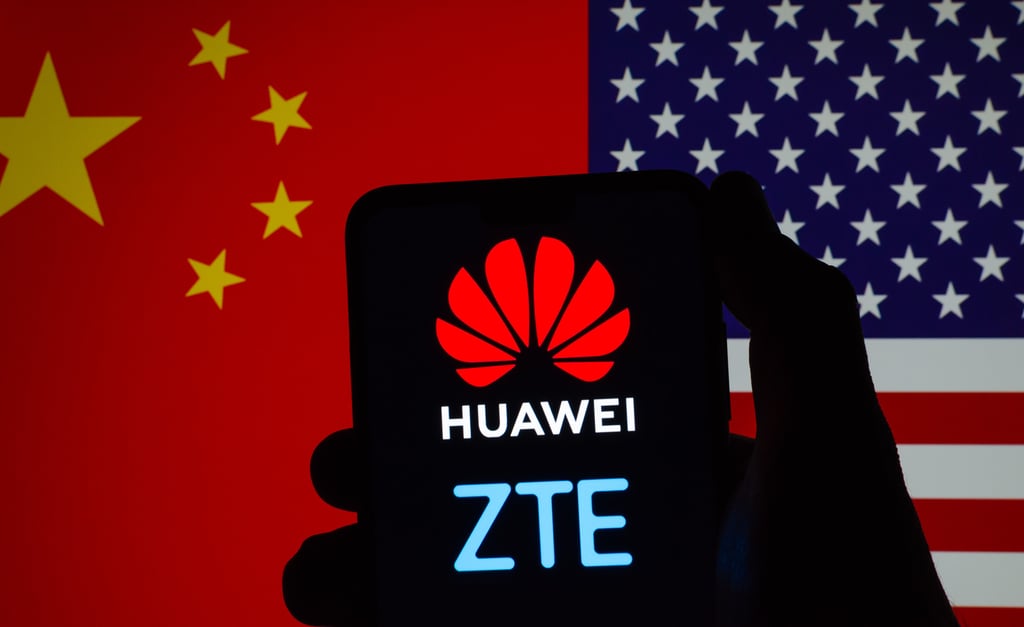
These countries argue that the adoption of Chinese 5G technology could make their infrastructure subject to cyberattacks and unauthorized surveillance.
But Chinese-made network base stations are widely installed in developing countries, and Huawei and ZTE account for about 40% of the global market share for 5G telecommunications equipment.
Cabanlon said Japan’s open RAN is known to be cumbersome and complex compared to traditional 5G RAN technologies used by Huawei, ZTE and Sweden’s Ericsson, which could pose challenges to its deployment in the Philippines.
Cabanlon noted that much of the Philippines’ telecommunications infrastructure was built using 5G technology from Chinese networks.
“Removing such infrastructure will pose significant challenges for operators in terms of costs and redeployment,” he said.
Risk diversification
Still, countries using Chinese 5G equipment could become vulnerable to cyber threats, Ona said.
“Several countries have banned the use of Chinese products in their 5G networks due to legitimate concerns that these products could open backdoors to unauthorized access to networks, enabling surveillance and espionage.”
Ona cited Chinese laws requiring organizations to cooperate with the government on national security issues as a risk to countries that rely on China’s 5G technology.
“Given [Beijing’s] “Given the belligerent actions in the Philippine Sea and grey zone operations using cyber and disinformation, I think choosing a Japanese provider is a wise choice for the Philippines,” he said.
Cabanlon said any technology infrastructure could face threats from anywhere, regardless of whether it incorporates Chinese technology.
Cabanlon said that while most telecommunications companies around the world use traditional 5G RAN technology, Huawei and ZTE are following the standards set by the International Telecommunication Union.
“If a piece of telecommunications equipment passes testing and validation using internationally recognized standards for cybersecurity, telecommunications operators can use it safely, regardless of the manufacturer.”
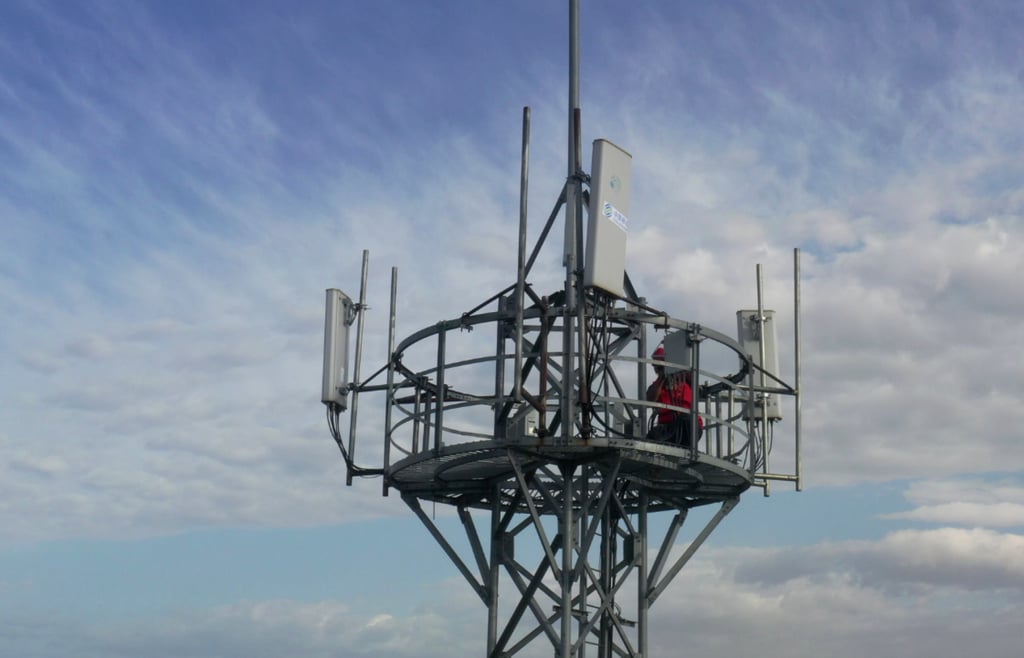
Still, Cabanlon said the Philippines should strengthen its ability to detect possible cyberattacks on its critical infrastructure, hire technical experts to thoroughly test its equipment and verify that its processes meet international standards.
Regarding Washington and its allies’ ban on the use of Chinese technology in 5G infrastructure, Cabanlon said the move was primarily politically driven.
Cabanlon said Philippine authorities should not take lightly the possibility of banning equipment makers if there is a credible threat from the introduction of 5G technology into the country’s infrastructure.
“If we can prove technically that a particular manufacturer is using their infrastructure to support nefarious activities, then that will be the technical evidence that will tell the world that we can ban that manufacturer,” Cavanlon said.


